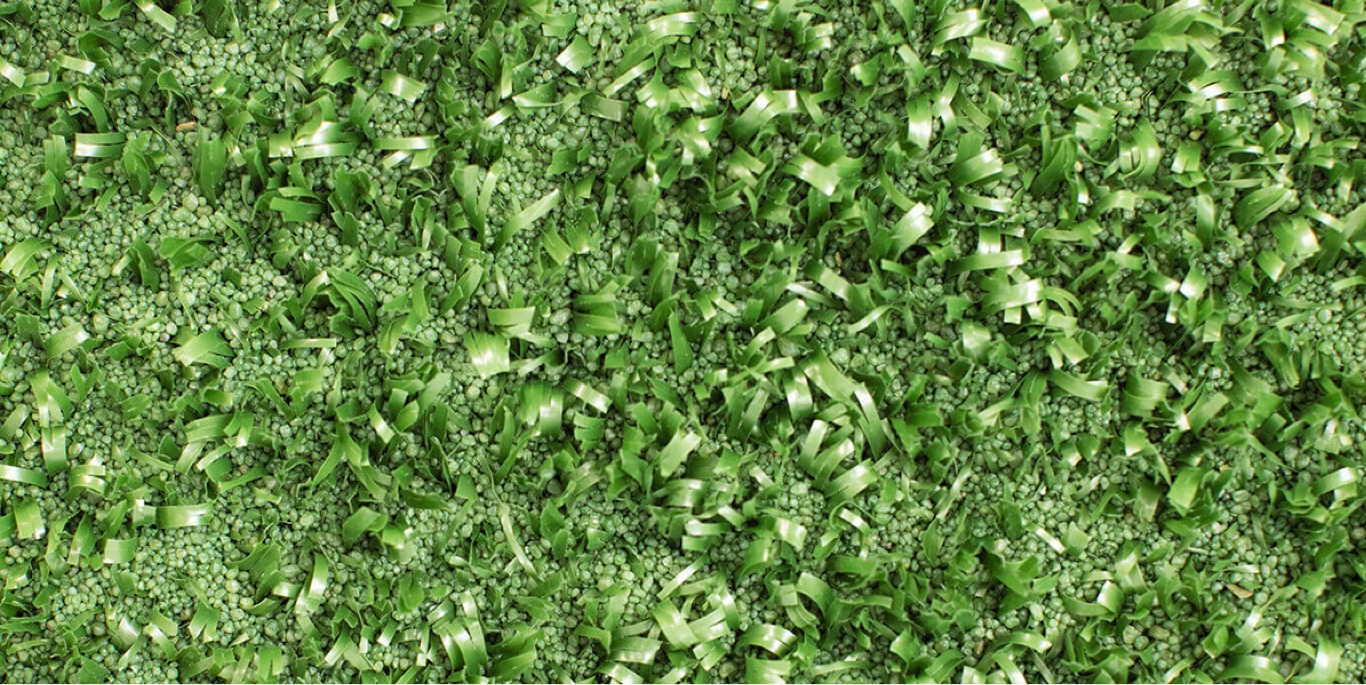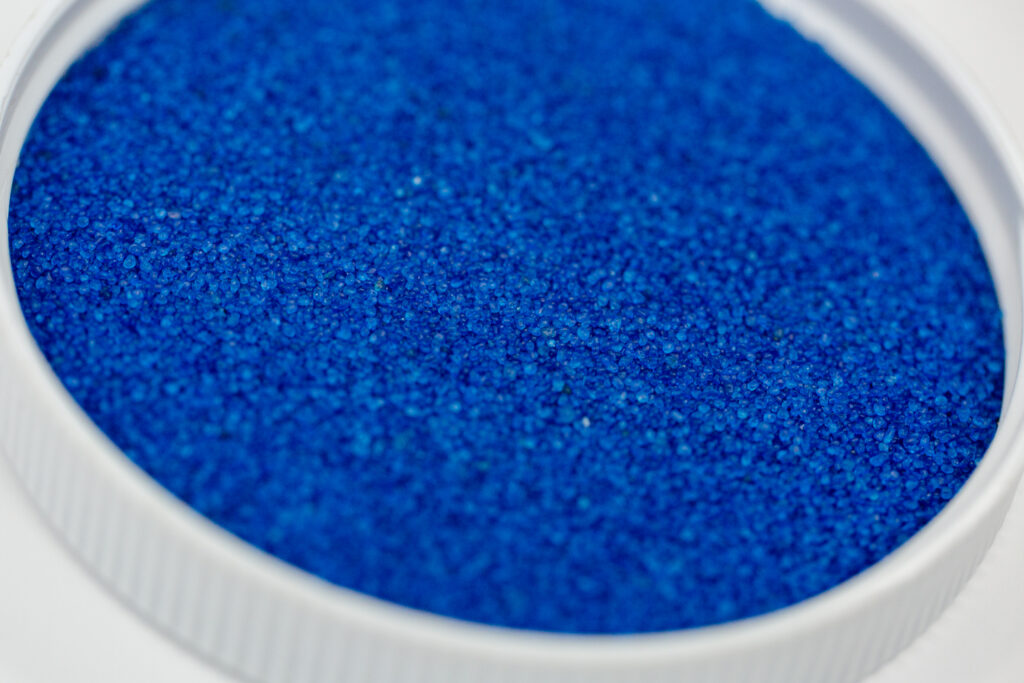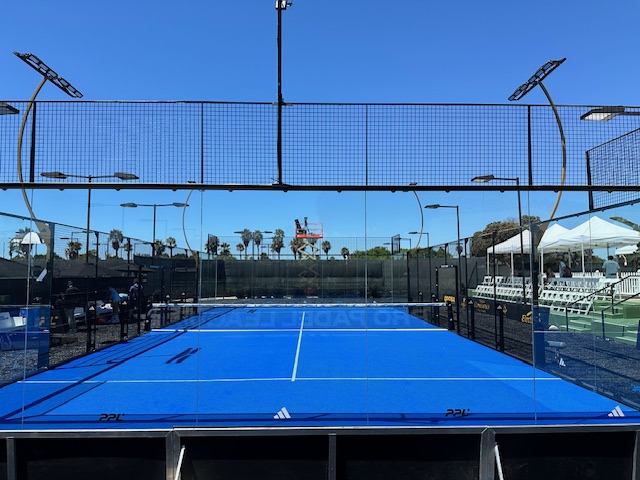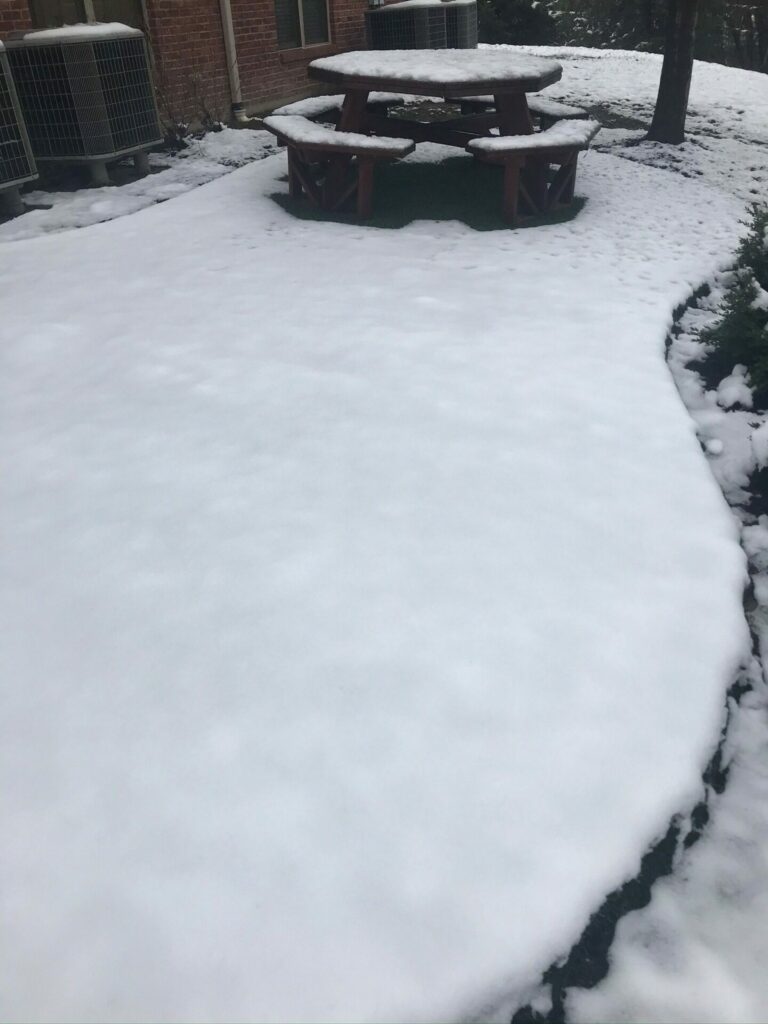
Infill Landscape Blog
Subscribe To Email Updates
Subscribe to our weekly newsletter and we’ll send updates straight to your inbox
Are Envirofill and Microban Safe?
The popularity of synthetic turf continues to grow, unlike its fake grass fibers. As more backyards, daycares, dog parks, and schools install artificial grass, there naturally becomes more concern from a growing number of people about its longevity, performance, and most importantly, its safety. There are a vast number of safety aspects when it comes to a synthetic turf installation. Underlayments such as pad can help reduce the likelihood of concussions and other head injuries, while proper infill depth can reduce foot to surface injuries. Let’s take a look at infill safety as it relates to components, heavy metals, leaching, Volatile Organic Compounds (VOCs,) and such.
Sure, performance-safety is a crucial part of a system, however often overlooked is the safety of the components within a system. Typically if an infill is not a natural product, such as Safeshell (crushed walnut shells), than it is likely comprised of various materials to make the finished product. Envirofill, a green acrylic-coated sand, is such an infill. Envirofill is coated with an acrylic coating to increase its roundness, durability, and stability, and includes anti-microbial/fungal technology, from the world-renowned company, Microban. Envirofill is colored green (and black, red, or tan) to provide an aesthetically pleasing turf installation. All of these components are formulated to make Envirofill the premier infill that it is.
There are numerous tests that ALL infill products should undergo. ASTM F-3188, EN 71-3, Prop 65, and Air Quality or off-gassing to name a few. ASTM F-3188 and EN 71-3 are heavy metals tests in which the infill is submerged in a solution similar to stomach acid to test any leaching of heavy metals. Prop 65 review is to confirm the infill in question meets California Proposition 65 exemption, meaning no carcinogens are present. Air Quality tests will measure the amount of VOCs and PAHs (Polycyclic Aromatic Hydrocarbons)…phew that’s a lot of acronyms!
Heavy metals are present in our everyday lives, in fact they are naturally occurring elements and are likely present in your backyard soil to some degree. The term heavy metal refers to metallic chemical elements with a high density, which can be helpful or poisonous at varying concentrations. More common heavy metals include Arsenic (As), Cadmium (Cd), Chromium (Cr), Copper (Cu), Lead (Pb), Mercury (Hg), and Thallium (Tl). As mentioned, heavy metals can provide health benefits. Copper for example promotes production of red blood cells. Chromium can enhance actions of insulin and is a necessary part of maintaining normal metabolism and storage of fats, proteins, and carbohydrates. It can also help raise good cholesterol levels and assist in preventing heart disease. On the flip side, at certain levels heavy metals can also be dangerous. Heavy metals can induce organ damage, contain carcinogens, and could lead to poisoning. They can sometimes wind up in drinking water by way of rain runoff. When reviewing your synthetic turf system components, it’s crucial to review heavy metal contents to ensure they are below safe levels and will not cause concern about runoff or leaching to downstream properties or waterways.
California’s Proposition 65 is an Act enacted in 1986 with the intention to help Californians make informed decisions when purchasing consumer products. The Act requires product labels to include a warning if that product is known to contain carcinogens, or in more official terms, “known to the State of California to cause cancer or reproductive toxicity”. You can rest easy knowing Envirofill has been declared non-hazardous and exempt from Prop 65 labeling requirements after a thorough evaluation by Duke University’s Division of Occupational and Environmental Medicine office. Duke University’s OEM faculty and staff are leaders in the field of occupational and environmental medicine, community health and engagement, and population health and workforce research.
Think back to the last time you walked across a hot blacktop parking lot…what’s the first thing you recall? The smell! Many products such as building materials, household cleaners, and personal care products, contain chemicals that can be classified as VOCs and PAHs. VOCs escape products through off-gassing. Higher temperatures (similar to your aforementioned parking lot memory) can contribute to greater rates of off-gassing. So why are VOCs and PAHs so important? They contain chemicals that can cause short-term and long-term adverse health effects. Luckily, products can be tested to determine their off-gassing and level of potential chemical exposure. This test involves heating a product to high temperatures and measuring the level of chemicals that off-gas from the specimen. While VOCs and PAHs may seem more important in an indoor setting with less ventilation, you can still be exposed by way of ingestion, skin contact, or simply breathing them in. When tested for levels of VOCs and PAHs, Envirofill aced the exam by providing results under the lowest detectable limits for each.
We know player to surface interaction is an important safety concern, as it should be. However, there are many other safety factors to consider when designing your synthetic turf system. Don’t forget to look at infill component safety when making your decisions.
To check out Envirofill, visit our Where to Buy Infill map to find the closest distributor to you.
Further Resources:
NBC News: How Safe is the Artificial Turf Your Child Plays On?
EPA: Federal Research on Recycled Tire Crumb Used on Playing Fields
Similar Blogs



